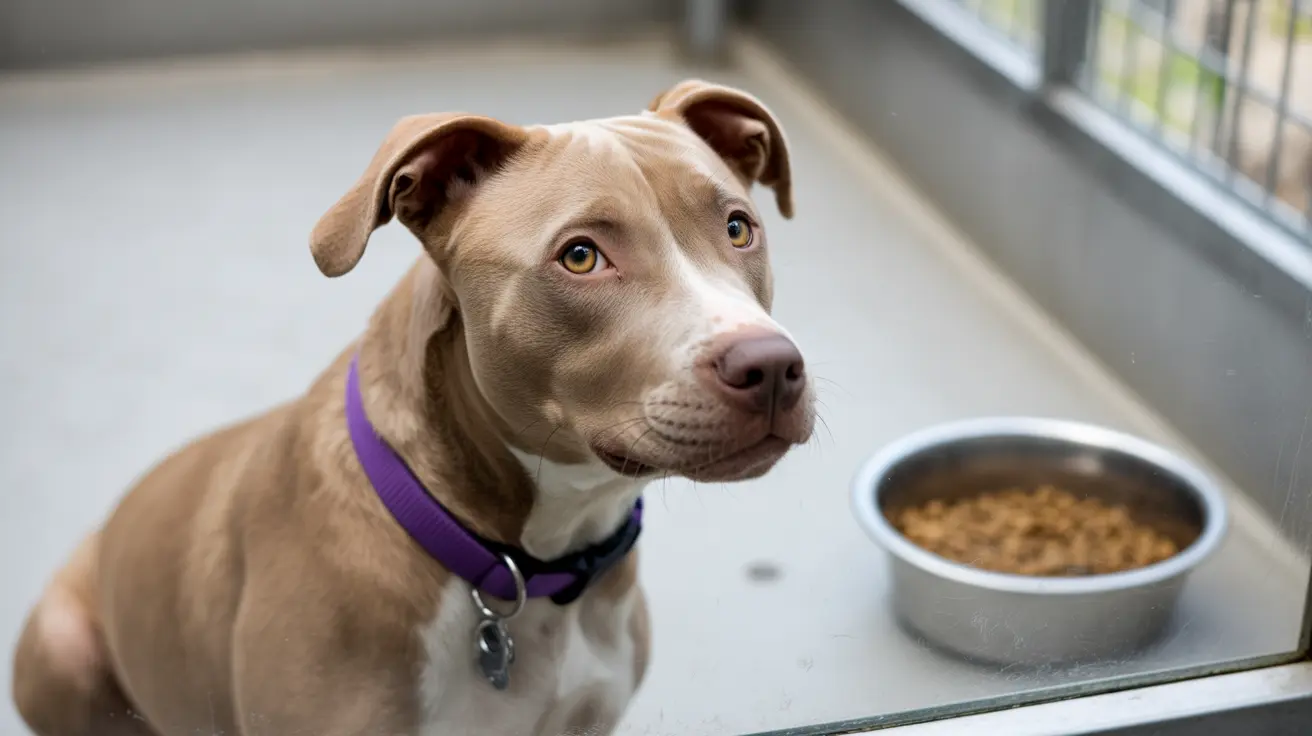Watching your beloved dog struggle with heart failure can be an emotionally challenging experience. Understanding the signs of a dog dying from heart failure is crucial for providing the best possible care during their final stages of life. This comprehensive guide will help you recognize important symptoms, understand what to expect, and know when to seek immediate veterinary care.
Congestive Heart Failure (CHF) affects approximately 10% of all dogs, with senior dogs being particularly vulnerable. As a progressive condition, CHF requires careful monitoring and understanding of its various stages to ensure your pet receives appropriate care and comfort when they need it most.
Understanding the Progression of Canine Heart Failure
Heart failure in dogs typically develops gradually, with symptoms becoming more severe as the condition progresses. The most common cause is mitral valve disease, accounting for about 80% of all cases. As the heart's ability to pump blood effectively decreases, fluid begins accumulating in various parts of the body, particularly the lungs.
Early Warning Signs
The initial signs of heart failure may be subtle but typically include:
- Increased respiratory rate, especially during rest
- Mild exercise intolerance
- Occasional coughing, particularly at night
- Slight decrease in appetite
- More frequent panting than usual
Advanced Symptoms
As the condition progresses, more serious symptoms emerge:
- Persistent, heavy coughing that may produce foam or blood
- Severe difficulty breathing, even at rest
- Bluish tinge to gums and tongue
- Significant decrease in appetite
- Reluctance to lie down
- Swollen belly from fluid accumulation
Critical Signs of End-Stage Heart Failure
When a dog enters the final stages of heart failure, several distinct symptoms become apparent:
Physical Changes
- Severe respiratory distress with labored breathing
- Complete loss of appetite
- Extreme weakness and inability to stand
- Dramatic weight loss and muscle wasting
- Distended abdomen filled with fluid
Behavioral Changes
- Withdrawal from family members
- Lack of interest in favorite activities
- Confusion or disorientation
- Seeking isolation
- Inability to find comfortable resting positions
Emergency Warning Signs
Certain symptoms require immediate emergency veterinary care:
- Collapse or fainting
- Breathing with an open mouth and extended neck
- Gums turning blue or gray
- Sudden onset of severe coughing with blood
- Complete refusal to move or eat for 24 hours
Frequently Asked Questions
What are the early signs of congestive heart failure in dogs that I should watch for?
The earliest signs include increased respiratory rate, mild exercise intolerance, occasional coughing (especially at night), and slightly decreased appetite. You may also notice your dog tiring more quickly during regular activities.
How can I tell if my dog is dying from heart failure, and what are the final stages?
Final stages include severe respiratory distress, complete loss of appetite, inability to stand or move comfortably, bluish gums, and significant abdominal swelling. Behavioral changes like withdrawal and confusion are also common.
What are some effective ways to manage symptoms of congestive heart failure in dogs?
Management strategies include prescribed medications, maintaining a low-sodium diet, moderate exercise appropriate to your dog's condition, and regular veterinary monitoring. Environmental modifications like elevated feeding bowls and cooling pads can also help.
Can congestive heart failure in dogs be prevented, and if so, how?
While some causes of heart failure can't be prevented, maintaining a healthy weight, providing regular exercise, preventing heartworm disease, and scheduling regular veterinary check-ups can help reduce risks and catch early signs of heart problems.
How do I know when it's time to seek emergency veterinary care for my dog with heart failure?
Seek immediate emergency care if your dog shows signs of collapse, severe breathing difficulties, blue or gray gums, coughing up blood, or complete lethargy. These symptoms indicate a critical situation requiring urgent medical attention.
Remember, while heart failure is a serious condition, working closely with your veterinarian and understanding these signs can help you provide the best possible care for your beloved pet during this difficult time. Early recognition of symptoms and prompt medical intervention can help manage the condition and maintain your dog's quality of life for as long as possible.






